Conferences and symposiums Developing Brains 2022
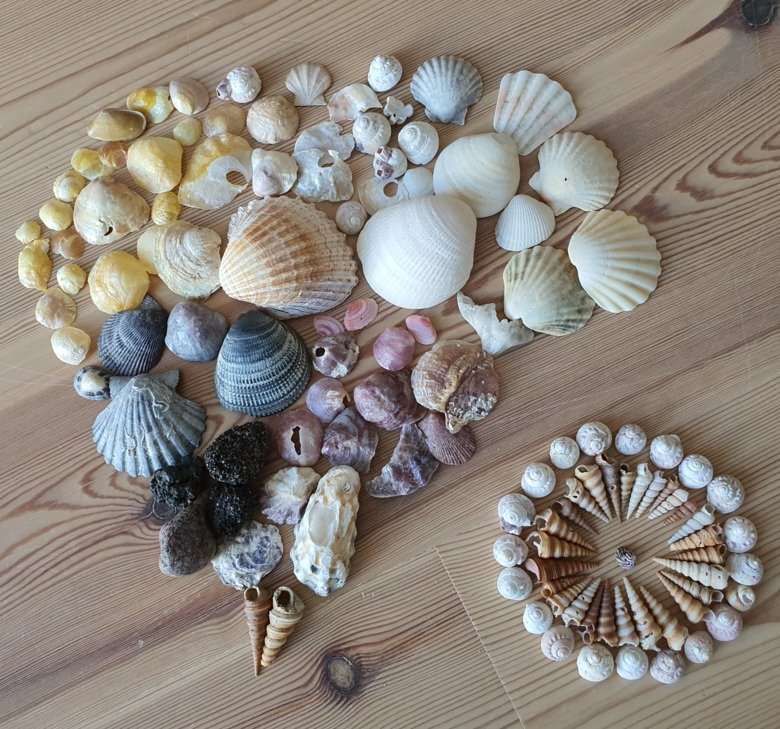
How can a single cell give rise to complex structures such as the central (brain/spinal cord) and enteric (brain in the gut) nervous systems? This is the overarching question in neural development; understanding how such intricate structures are assembled gives not only crucial knowledge about these nervous systems, but also important insight to the etiology of some of our most common diseases.
The 9th edition of the KI Conference “Developing Brains” gathers some of the leading
scientists working on critical questions ranging from transcriptional and functional
heterogeneity of neural cell types, mechanisms regulating their development and creation of mature neural circuits, emerging new roles of microglia and evolution of the central nervous system.
Registration
Registration is free of charge. Closer to the date, you will receive the final programme and a link for the lectures.
The conference will take place in a hybrid format, being hosted at the Eva & Georg Klein lecture hall at Biomedicum, Karolinska Institutet and broadcasted via Zoom (a link will be sent later on).
Programme
Julia Ganz, Michigan State University
Gioele La Manno, EPFL, Lausanne
Fiona Doetsch, University of Basel
Aya Takeoka, VIB-Neuroelectronics Research Flanders, KU Leuven
Simone Di Giovanni, Imperial College London
Trygve Bakken, Allen Institute of Brain Research
Veronique Miron, Edinburgh and Toronto Universities
Speakers
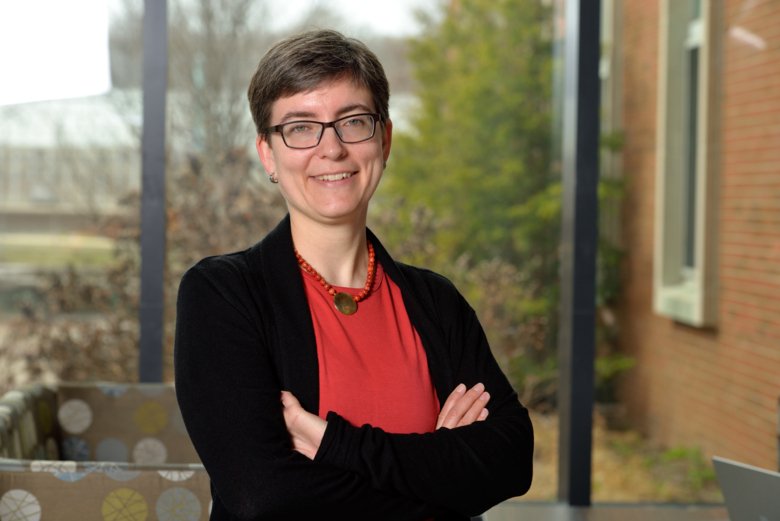
Julia Ganz, Michigan State University, USA: "The brain in the gut: enteric nervous system development and function in zebrafish"
Julia Ganz is an Assistant Professor in the Department of Integrative Biology at Michigan State University, East Lansing. Dr. Ganz received her Ph.D. in Biology from the Dresden University of Technology in Germany working on adult neurogenesis in the zebrafish brain. She conducted her postdoctoral research at the University of Oregon, Eugene, working on the interactions between the enteric nervous system, the surrounding gut tissues and the microbiota in zebrafish.
In her own lab at Michigan State University, her research group focuses on understanding the gene regulatory program that controls the formation of enteric nervous system – from stem cells to a complex functional network of neurons and glial cells – during development, in situations that model human diseases, and under regenerating conditions. Her lab established a novel CRISPR screening pipeline in zebrafish to identify new regulators of enteric nervous system neurogenesis. Using state-of-the-art techniques such as scRNA-seq and ATAC-seq, her lab aims to dissect the genes and their regulatory components during enteric nervous system development and regeneration.
Selected publications
Gut feelings: Studying enteric nervous system development, function, and disease in the zebrafish model system.
Ganz J
Dev Dyn 2018 02;247(2):268-278
Epigenetic factors Dnmt1 and Uhrf1 coordinate intestinal development.
Ganz J, Melancon E, Wilson C, Amores A, Batzel P, Strader M, Braasch I, Diba P, Kuhlman JA, Postlethwait JH, Eisen JS
Dev Biol 2019 11;455(2):473-484
A rapid F0 CRISPR screen in zebrafish to identify regulators of neuronal development in the enteric nervous system.
Davidson AE, Straquadine NR, Cook SA, Liu CG, and Ganz J
bioRxiv, 2021: p. 2021.07.17.452230
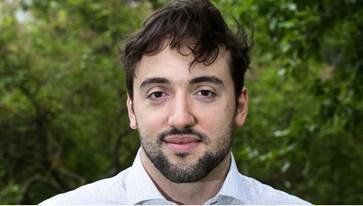
Gioele La Manno, EPFL (Swiss Federal Institute of Technology Lausanne), Switzerland: “Revealing the molecular and cellular architecture of the nervous system”
Gioele La Manno is a computational/developmental biologist who studies the developmental dynamics of the nervous system. Since 2018, he has led the Neurodevelopmental systems biology lab within the Brain Mind Institute at EPFL. The long-term goal of the La Manno Lab is to describe and model neural cell fate determination in the nervous system development. Dr. La Manno did his PhD with Prof. Linnarsson at Karolinska Institutet, where he developed single-cell RNA sequencing (scRNA-seq) technologies and analytic methods. His work led to a better understanding of sympathetic regulation of target organs and how murine, human and ES-cell derived midbrain dopaminergic neurons compares on a transcriptional level. A particularly influential contribution to the field of single-cell genomics was the development of the RNA Velocity analysis, which makes it possible to directly measure the dynamic, time-resolved component of gene expression.
His own lab has released a comprehensive scRNA-seq atlas of the developing mouse brain. The La Manno lab has also characterized the dynamics of differentiating retinal pigment epithelial cell that is scheduled to be used in clinical trial for age-related macular degeneration in 2022. The lab has also developed a versatile framework that enables the transformation of existing low-input NGS techniques into methods capable of encoding spatial information through compressed sampling and probabilistic image reconstruction. Currently, the lab is generating one of the largest spatial lipidomic datasets available using MALDI-imaging. As a recognition of his scientific contributions Dr. La Manno was awarded the Vasco Sanz Prize, the EMPIRIS Award, the SIB Resource innovation award, and the Dimitris N. Chorafas prize.
Selected publications
Sphingolipid control of fibroblast heterogeneity revealed by single-cell Lipidomics.
Capolupo L, (…), La Manno G, D’Angelo G.
Science. In press.
Molecular architecture of the developing mouse brain.
La Manno G, Siletti K, Furlan A, Gyllborg D, Vinsland E, Mossi Albiach A, Mattsson Langseth C, Khven I, Lederer AR, Dratva LM, Johnsson A, Nilsson M, Lönnerberg P, Linnarsson S
Nature 2021 08;596(7870):92-96
Molecular profiling of retinal pigment epithelial cell differentiation for therapeutic use
Petrus-Reurer S*, Lederer AR*, (…), Kvanta A, La Manno G, Lanner F
bioRxiv. January 2021 (doi.org/10.1101/2021.01.31.429014)
Spatial tissue profiling by imaging-free molecular tomography.
Schede HH, Schneider CG, Stergiadou J, Borm LE, Ranjak A, Yamawaki TM, David FPA, Lönnerberg P, Tosches MA, Codeluppi S, La Manno G
Nat Biotechnol 2021 08;39(8):968-977
RNA velocity of single cells.
La Manno G, Soldatov R, Zeisel A, Braun E, Hochgerner H, Petukhov V, Lidschreiber K, Kastriti ME, Lönnerberg P, Furlan A, Fan J, Borm LE, Liu Z, van Bruggen D, Guo J, He X, Barker R, Sundström E, Castelo-Branco G, Cramer P, Adameyko I, Linnarsson S, Kharchenko PV
Nature 2018 08;560(7719):494-498
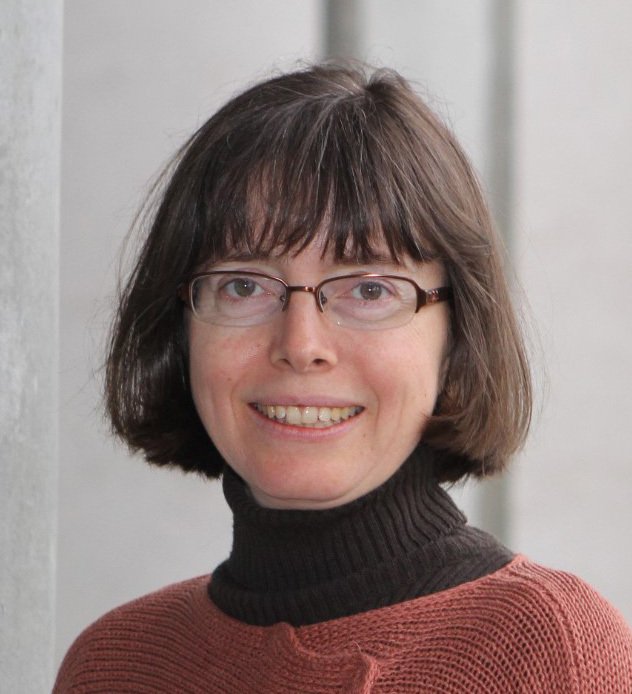
Fiona Doetsch, University of Basel, Switzerland: “Stem cells in the adult brain: regulation and diversity”
Fiona Doetsch obtained her B.Sc. at McGill University in Montreal, Canada and her Ph.D. at Rockefeller University in New York City, USA. She was a Junior Fellow of the Society of Fellows at Harvard University and a Fellow at the Radcliffe Institute for Advanced Studies before joining Columbia University as faculty in 2003. In 2014, she moved to the Biozentrum, University of Basel in Switzerland where she is Professor of Molecular Stem Cell Biology.
Research in her laboratory is focused on stem cells and their niche in the adult brain. Her laboratory currently investigates the functional relevance of adult neural stem cell heterogeneity, and how long-range signals and physiological states regulate regionally distinct pools of stem cells. Fiona Doetsch is a member of EMBO and has received several awards including the David and Lucile Packard Fellowship for Science and Engineering, the Irma T. Hirschl Scholar Award, the Harold and Golden Lamport Award for Excellence in Basic Science Research and an ERC Advanced Grant.
Selected publications
A mosaic world: puzzles revealed by adult neural stem cell heterogeneity.
Chaker Z, Codega P, Doetsch F
Wiley Interdiscip Rev Dev Biol 2016 11;5(6):640-658
Hypothalamic regulation of regionally distinct adult neural stem cells and neurogenesis.
Paul A, Chaker Z, Doetsch F
Science 2017 06;356(6345):1383-1386
Release of stem cells from quiescence reveals gliogenic domains in the adult mouse brain.
Delgado AC, Maldonado-Soto AR, Silva-Vargas V, Mizrak D, von Känel T, Tan KR, Paul A, Madar A, Cuervo H, Kitajewski J, Lin CS, Doetsch F
Science 2021 06;372(6547):1205-1209
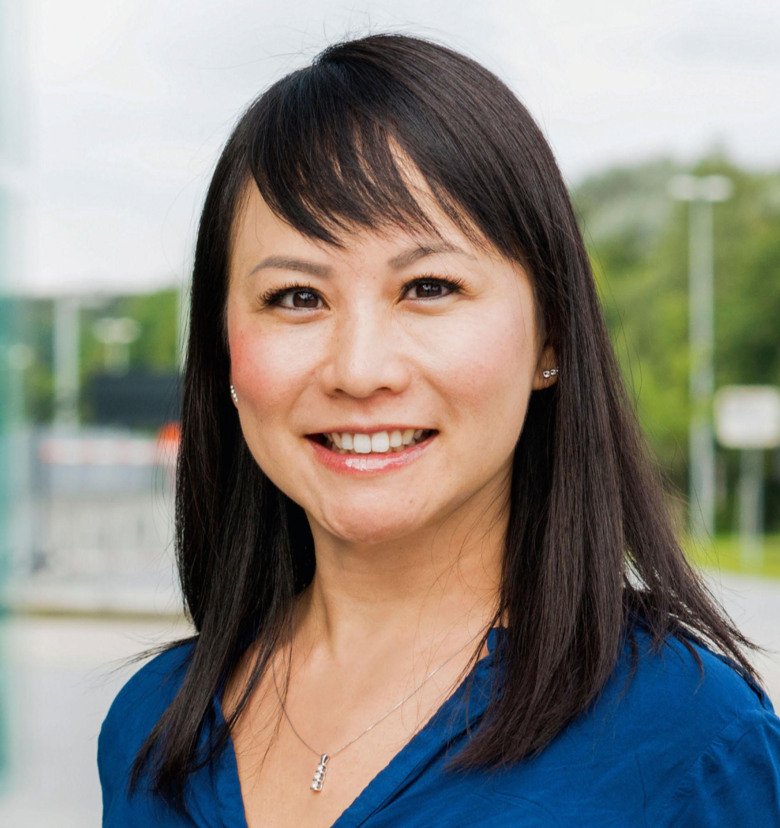
Aya Takeoka, VIB-Neuroelectronics Research Flanders, KUL: “Neurotransmitter phenotype switching regulates locomotor ability after spinal cord injury”
Aya Takeoka is a principal investigator at VIB-Neuroelectronics Research Flanders and an Assistant Professor at KU Leuven Department of Neuroscience in Leuven, Belgium. Dr. Takeoka received her Ph.D. in Molecular, Cellular, and Integrative Physiology from the University of California Los Angeles and conducted postdoctoral research at the Friedrich Miescher Institute for Biomedical Research in Basel, Switzerland.
Her research aim is to understand how animals learn to generate and control movements. Her lab uses state-of-the-art techniques, including detailed motor kinematic assessments, mouse genetics, viral tracing and manipulation, in vivo electrophysiology, single-cell RNA sequencing, and functional imaging techniques to study circuit organizations, functions, and plasticity that lead to motor learning and recovery after neurotrauma. She is a recipient of the Japanese Neuroscience Society Young Investigator award in 2019 and GSKE/FMRE Queen Elizabeth Medical Foundation for Neuroscience Young Investigator award in 2020.
Selected publications
Neurotransmitter phenotype switching by spinal excitatory interneurons regulates locomotor recovery after spinal cord injury.
Bertels H, Vicente-Ortiz G, El Kanbi K, Takeoka A
Nat Neurosci 2022 05;25(5):617-629
Electrophysiological signatures reveal spinal intrinsic learning mechanisms for a lasting sensorimotor adaptation.
Lavaud S, D’Andola M, Bichara C, Takeoka A, n.d.
bioRxiv.
Proprioception: Bottom-up directive for motor recovery after spinal cord injury.
Takeoka A
Neurosci Res 2020 May;154():1-8
Muscle spindle feedback directs locomotor recovery and circuit reorganization after spinal cord injury.
Takeoka A, Vollenweider I, Courtine G, Arber S
Cell 2014 Dec;159(7):1626-39
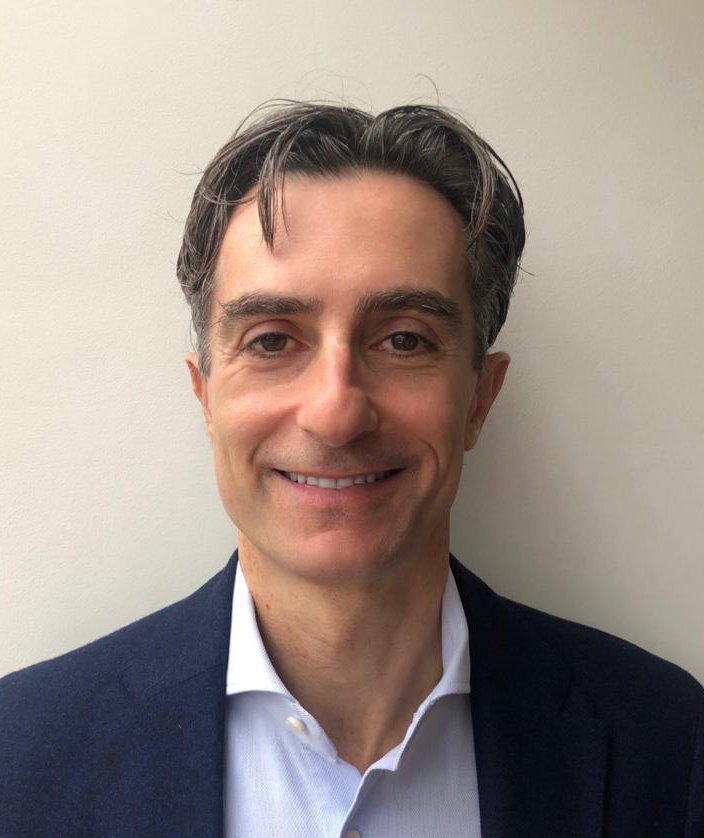
Simone Di Giovanni, Imperial College London: ”Deregulation of neuronal polarization promotes axon growth after spinal cord injury”
Simone Di Giovanni holds a Chair in Restorative Neuroscience at Imperial College where his research group investigates the molecular signalling and transcriptional mechanisms that control axonal sprouting and regeneration. He is Head of the Division of Neuroscience at Imperial. He also holds a honorary post within the NHS as a consultant in Neurology and Head of Clinical Neurology at Imperial. Previously, since 2006, he worked at the University of Tuebingen, Germany as a Research Group Leader, where he was also a consultant clinician in Stroke and General Neurology. He did his post-doctoral training in gene expression regulation after spinal cord injury at Georgetown University, Washington DC.
The Di Giovanni team investigates the signalling mechanisms that discriminate between axonal regeneration and regenerative failure including following peripheral and spinal cord injuries. In fact, while a regenerative programme is induced following peripheral axonal injury, this fails after an axonal central nervous system injury. Therefore the team prioritizes the study of the post-injury differential regenerative ability of dorsal root ganglia neurons whose axons project both into the peripheral and central nervous
systems. Since axonal regeneration is imperfect and inefficient, enhancing the regenerative properties of the injured spinal cord may promote recovery of function and limit neurological disability in both spinal cord and peripheral nerve injury. This work can have broad implications for conditions spanning from traumatic, vascular, inflammatory, degenerative and metabolic (such as diabetes) damage to the spinal cord, spinal roots and peripheral nerves.
Selected publications
The gut metabolite indole-3 propionate promotes nerve regeneration and repair.
Serger E, Luengo-Gutierrez L, Chadwick JS, Kong G, Zhou L, Crawford G, Danzi MC, Myridakis A, Brandis A, Bello AT, Müller F, Sanchez-Vassopoulos A, De Virgiliis F, Liddell P, Dumas ME, Strid J, Mani S, Dodd D, Di Giovanni S
Nature 2022 07;607(7919):585-592
Reversible CD8 T cell-neuron cross-talk causes aging-dependent neuronal regenerative decline.
Zhou L, Kong G, Palmisano I, Cencioni MT, Danzi M, De Virgiliis F, Chadwick JS, Crawford G, Yu Z, De Winter F, Lemmon V, Bixby J, Puttagunta R, Verhaagen J, Pospori C, Lo Celso C, Strid J, Botto M, Di Giovanni S
Science 2022 05;376(6594):eabd5926
Cbp-dependent histone acetylation mediates axon regeneration induced by environmental enrichment in rodent spinal cord injury models.
Hutson TH, Kathe C, Palmisano I, Bartholdi K, Hervera A, De Virgiliis F, McLachlan E, Zhou L, Kong G, Barraud Q, Danzi MC, Medrano-Fernandez A, Lopez-Atalaya JP, Boutillier AL, Sinha SH, Singh AK, Chaturbedy P, Moon LDF, Kundu TK, Bixby JL, Lemmon VP, Barco A, Courtine G, Di Giovanni S
Sci Transl Med 2019 04;11(487):
Reactive oxygen species regulate axonal regeneration through the release of exosomal NADPH oxidase 2 complexes into injured axons.
Hervera A, De Virgiliis F, Palmisano I, Zhou L, Tantardini E, Kong G, Hutson T, Danzi MC, Perry RB, Santos CXC, Kapustin AN, Fleck RA, Del Río JA, Carroll T, Lemmon V, Bixby JL, Shah AM, Fainzilber M, Di Giovanni S
Nat Cell Biol 2018 03;20(3):307-319

Trygve Bakken, Allen Institute of Brain Research, US: “Cellular diversity and evolutionary specializations in human neocortex”
Trygve Bakken is an Assistant Investigator at the Allen Institute for Brain Science. He co-leads efforts to characterize and target cell types in the mammalian brain using high-throughput single nucleus genomic sequencing. He develops computational approaches to understand how evolution has shaped cellular diversity, particularly in the human brain, and to identify highly conserved molecular features that we share with model organisms. Leveraging transcriptomic and epigenomic data from adult and developmental brain tissue, he aims to uncover gene regulatory changes driving species innovations.
Previously, he completed an M.D. and a Ph.D. in Neuroscience at the University of California, San Diego where he studied genomic variants and allometric scaling rules shaping vertebrate brain morphology with Charles Stevens and Nicholas Schork. Prior to that, he completed an M.Sc. in Philosophy and History of Science at the London School of Economics and a B.A. in Physics and Philosophy at Yale University.
Selected publications
Comparative cellular analysis of motor cortex in human, marmoset and mouse.
Bakken TE, et al.
Nature 2021 10;598(7879):111-119
A multimodal cell census and atlas of the mammalian primary motor cortex.
BRAIN Initiative Cell Census Network (BICCN)
Nature 2021 10;598(7879):86-102

Veronique Miron, University of Edinburgh, Edinburgh, UK. Keenan Research Centre for Biomedical Science, University of Toronto, Toronto, Canada: ”Microglia regulate the growth and integrity of myelin in the central nervous system”
Veronique Miron obtained her PhD in Neuroscience at the Montreal Neurological
Institute at McGill University, and carried out an MS Society-sponsored postdoctoral fellowship at the Scottish Centre for Regenerative Medicine. She then became a Principal Investigator at the University of Edinburgh through a Medical Research Council Career Development Award, subsequently joining the United Kingdom Dementia Research Institute through a Medical Research Council Senior Fellowship. She has recently taken up the John David Eaton Chair in Multiple Sclerosis Research at the Keenan Research Centre for Biomedical Science and Full Professorship at the Department of Immunology at The University of Toronto, Canada.
The Miron lab aims to understand how myelin is influenced in health and disease across the lifespan, focusing primarily on the interactions between microglia and the oligodendrocyte lineage. This includes understanding developmental myelination and how it is impeded following adverse birth events, and myelin degeneration and regeneration in neurological conditions such as multiple sclerosis and Alzheimer’s disease, as well as normal ageing. By using a combination of human brain tissue analysis, mouse modelling, ‘omics approaches, and a combination of in vivo, ex vivo, and in vitro approaches, her team aims to identify novel therapeutic approaches to ensure myelin health.
Selected publications
Central nervous system regeneration is driven by microglia necroptosis and repopulation.
Lloyd AF, Davies CL, Holloway RK, Labrak Y, Ireland G, Carradori D, Dillenburg A, Borger E, Soong D, Richardson JC, Kuhlmann T, Williams A, Pollard JW, des Rieux A, Priller J, Miron VE
Nat Neurosci 2019 07;22(7):1046-1052
Activin receptors regulate the oligodendrocyte lineage in health and disease.
Dillenburg A, Ireland G, Holloway RK, Davies CL, Evans FL, Swire M, Bechler ME, Soong D, Yuen TJ, Su GH, Becher JC, Smith C, Williams A, Miron VE
Acta Neuropathol 2018 06;135(6):887-906
Microglial inflammasome activation drives developmental white matter injury.
Holloway RK, Ireland G, Sullivan G, Becher JC, Smith C, Boardman JP, Gressens P, Miron VE
Glia 2021 05;69(5):1268-1280
M2 microglia and macrophages drive oligodendrocyte differentiation during CNS remyelination.
Miron VE, Boyd A, Zhao JW, Yuen TJ, Ruckh JM, Shadrach JL, van Wijngaarden P, Wagers AJ, Williams A, Franklin RJM, Ffrench-Constant C
Nat Neurosci 2013 Sep;16(9):1211-1218
The pro-remyelination properties of microglia in the central nervous system.
Lloyd AF, Miron VE
Nat Rev Neurol 2019 08;15(8):447-458
Scientific organisers
Gonçalo Castelo-Branco
Gonçalo is Professor of Glial Cell Biology at the Department of Medical Biochemistry
and Biophysics, Karolinska Institutet, Stockholm, Sweden. His research group is
interested in the molecular mechanisms defining the epigenetic state of cells of the
oligodendrocyte lineage, with the long-term goal of designing epigenetic based-therapies to induce regeneration (remyelination) in demyelinating diseases, such as
multiple sclerosis. His group focus on how interplay between transcription factors,
non-coding RNAs and chromatin modifying enzymes contribute to the transition
between epigenetic states within the oligodendrocyte lineage, using technologies
such as single cell and population transcriptomics and epigenomics, among others.
Jens Hjerling-Leffler
Jens is an associate professor at the Department of Medical Biochemistry and Biophysics, Karolinska Institutet, Stockholm, Sweden. His group’s research is focused
on how functional neuronal identity is regulated during postnatal and adolescent brain maturation and different brain states from a molecular and network point of view. he laboratory applies methods such as advanced mouse genetics, human genetics, single-cell transcriptomics and electrophysiology to analyze the role of distinct cell classes in normal behavior as well as to increase understanding of genetically
complex disorders and traits including Schizophrenia.
Ulrika Marklund
Ulrika is an associate professor at the Department of Medical Biochemistry and Biophysics, Karolinska Institutet, Stockholm, Sweden. Her research focuses on neuronal diversity in the enteric nervous system of the gastrointestinal tract. In particular she is interested in understanding the gene regulatory networks and signaling mechanisms that control the diversification of enteric stem cells into the many functionally distinct neuronal subtypes. Her ultimate goal is to recapitulate fate determination and circuitry formation in the purpose of disease modeling and cell-based therapy of bowel neuropathology.
Francois Lallemend
Francois is an associate professor at the Department of Neuroscience, Karolinska Institutet, Stockholm, Sweden. His research group is interested in understanding the molecular principles underlying the neuronal specification and neural circuit formation in the peripheral nervous system. His group particularly focuses on the integration of sensory neurons into functional circuits involved in the control of motor behavior and in hearing process. Research in his lab concentrates both on early development aspects and circuit mapping and function in adult.
Supported by
Sponsored by
Vizgen
